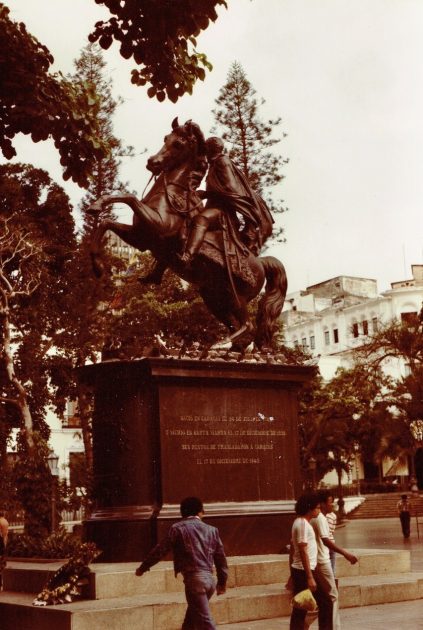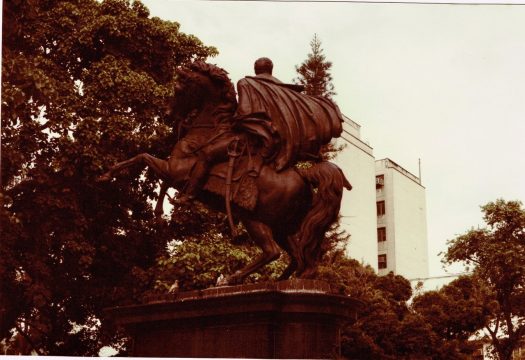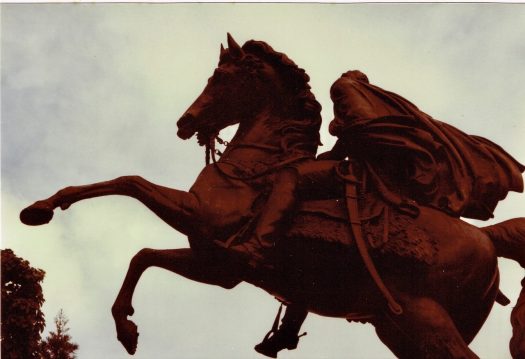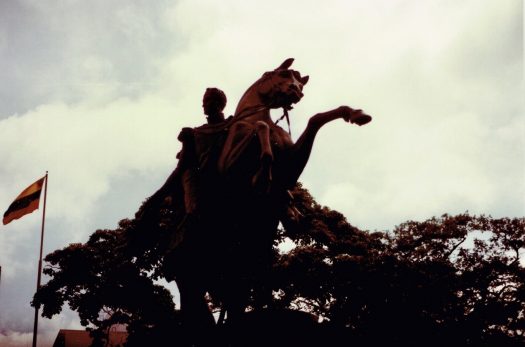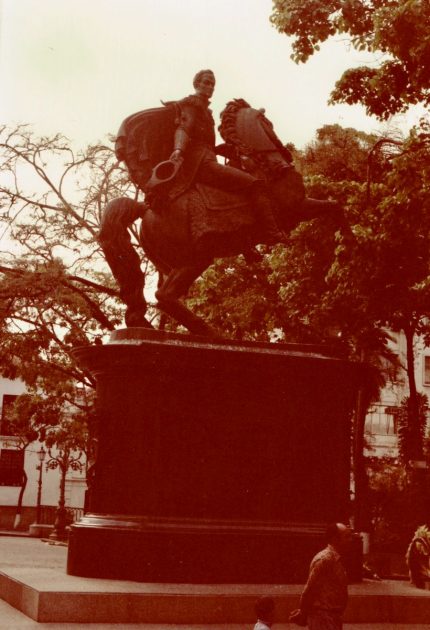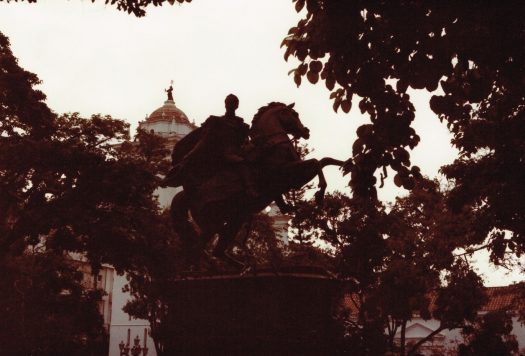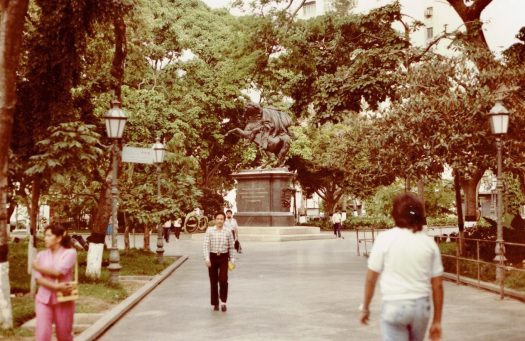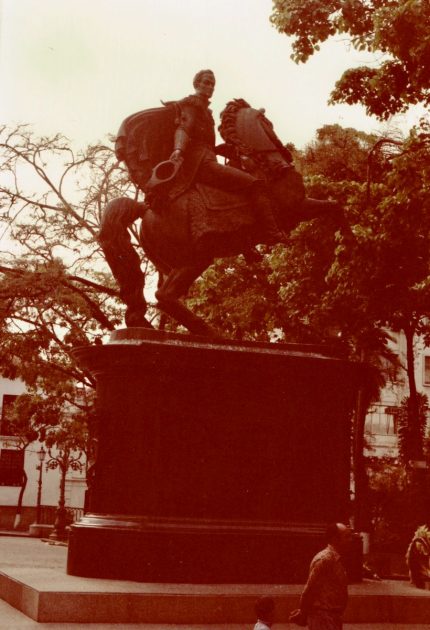- CountryVenezuela
- Town:Caracas
-
Year of creation:1874
- Rider(s):Bolivar, Simon
(1783 –1830) played a key role in liberating Venezuela, Colombia, Ecuador, Peru (together with José de San Martín), and Boliviafrom Spanish rule.
Born in Venezuela, Bolivar got a great deal of his education in France and Spain. He returned to Venezuela and got a military command in New Granada (nowadays Colombia) in 1813. In 1819 he successfully finalized a campaign for the independence of New Granada and launched from this stronghold independence campaigns in Venezuela and Ecuador, which he concluded with victories in 1821 and 1822. He became President of the new state Gran Colombia, which covered much of nowadays Colombia, Panama, Venezuela, Ecuador, northern Peru and the northwest of Brazil. In 1822 he took over the task of José de San Martin of fully liberating Peru.
Assisted by Antonio José de Sucre, Bolívar defeated the Spanish forces in 1824, resulting in the creation of the Republic of Bolivia, a country named after its liberator. Bolívar had great difficulties maintaining control of the vast Gran Colombia. After failing to write a new constitution, he proclaimed himself dictator in 1828, meant as a temporary measure to reestablish his authority and to save the republic. He survived an assassination attempt in 1828. Two years of uprisings followed. Bolivar resigned his presidency in 1830 and died in the same year, before he could go into exile in France as he intended.
Bolivar was an admirer of George Washington. They shared the same objective: independence for their people and the establishment of a democratic state. They differed, however, on two important matters. Bolivar was anti-slavery, despite coming from an area that relied heavily on slave labor, and he did not believe that the US system could function in Latin America, claiming that the governance of heterogeneous societies like Gran Colombia “will require an infinitely firm hand”.
- Sculptor(s):Tadolini, Adamo
(1788 – 1863) was an Italian sculptor. One of a family of sculptors, he studied in Rome with the neo-classical sculptor Antonio Canova and is linked to him in style He worked in his studio until 1822 when Canova helped him set up his own studio in Rome which now exists as the Canova-Tadolini Museum and is a treasury of his, and his family’s, huge range of work.
- Original in:Lima, Peru
Adamo Tadolini’s sculpture depicts Simón Bolívar atop his rearing horse. Bolívar is dressed in military attire, including a decorated coat and a flowing cape. Other accessories include tall boots, epaulets and a sash. He has a sheathed sword over his left thigh, and he holds his hat on the right side of his body.
There are three casts of this bronze equestrian statue by Adamo Tadolini. They are located at the Plaza Bolívar in Lima (the original one),this one on the Plaza Bolívar in Caracas (the first replica) and one on the United Nations Plaza in San Francisco, California (the second replica).
The statue in Lima, which was made in Italy in the 1850s, and the oldest of three, was cast in Munich. The replica in Caracas was cast by the same foundry after the sculptor’s death. The copy in San Francisco was engineered by Miriam Gandica Mora, cast by Victor Hugo Barrenchea-Villegas and dedicated in December 1984.
Many replicas would follow.
see original
The photos are some of my oldest and from 1985
